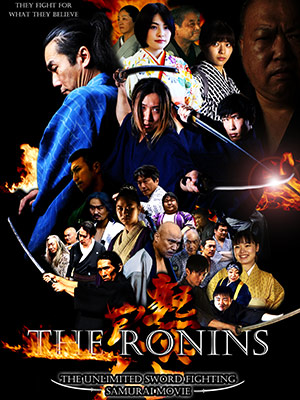Shakujii Park is a public park in the Japanese town of Shakujii, in Tokyo's Nerima ward. Established in 1959, it is one of the larger parks in the metropolis, after Ueno Park. As of April 2006, the site is managed directly by the Tokyo Metropolitan Park Association, an arrangement which is scheduled to end in March 2011. The park contains within it two ponds, Shakujii Pond and Sanpo-ji Pond, several small Shinto shrines, and the remains of Shakujii castle. The Shakujii River runs east-west a short ways south of the park. The ponds are said to have formed naturally from the gushing up of underground water from the Musashino-dai Pond a short distance away. Over the years, however, the ponds have slowly shrunk, and so, in order to preserve the park's scenery and its recreational use, manmade systems have been installed to pump water into the ponds. The castle ruins date from the Kamakura period (1185-1333), or earlier, and thus it is known that the site was in use, and regarded as strategically important, for many centuries. The castle was the residence of the Toshima clan of samurai, who ruled over the surrounding area in the 14th-15th centuries. The clan's destruction came largely at the hands of Ota Dokan, who was responsible for the construction of Edo castle; many of the ruins and shrines in the area are associated with him. In the twentieth century, it came to be a popular site for birdwatching, strolling, and relaxation, and was formally established as a public park in 1959.








